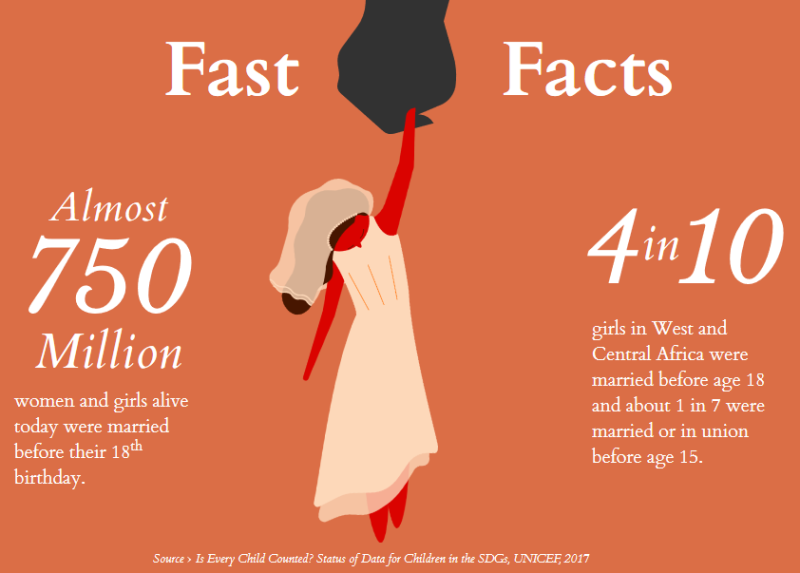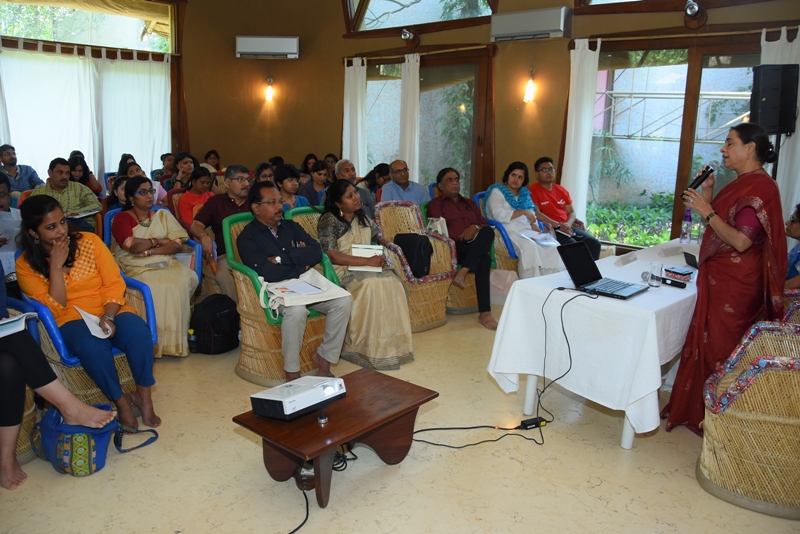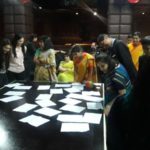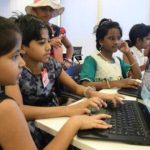This is an excerpt from Dr Ranjana Kumari’s talk at a Consultation on Child Marriage organized by Women Power Connect.
Almost 15 years ago, the Centre for Social Research, in association with NIPCCD, carried out a research study covering Rajasthan, Madhya Pradesh and Uttar Pradesh. The main insight from the research was the understanding that the legal system in India is very comprehensive and astute in design. However, that is not enough because having theoretically great laws alone can’t change the toxic social realities. Had that been the case, many things would have seen transformation.
As per a global study “Is Every Child Counted? Status of Data for Children in the SDGs, UNICEF 2017”, it was seen that almost 750 million women and girls alive today were married before their 18th birthday, and 4 in ten girls in West and Central Africa were married before age 18. Closer home, The National Family Health Survey (IV) for 2015-16, revealed some alarming statistics with respect to child marriage. The percentage of women, aged between 20-24 years, who were married before turning 18, was 26.8 percent (17.5% in Urban areas, and 31.5% in Rural areas). Among men, aged 25-29 years, the percentage of those who were married before turning 21, was 20.3% (14.1% in Urban areas and 24.4% in Rural areas). This percentage accounts for nearly one third of the population. With child marriages so rampant, there needs to be deeper reflection on where policy makers and those responsible for implementation of these laws are failing, despite presence of legal processes as well as various civil society organizations, working for this cause. Unanimous agreement of masses over a social malpractice alone can be a huge propeller in societal reformation. In case of child marriage, we seemingly have all ground covered and yet we are not able to completely eliminate the problem. We need to ask ourselves why?


Hindus in India celebrated Akshaya Tritiya a few days ago. Traditionally, Akshaya Tritiya was when parents would marry their babies. In the older times, people would use a container to clean grains. That container is called ‘soop’. The babies would be put into soops and be wedded. While the situation today may not be so radical, 10-12 year old girls getting married is still a normal phenomena, in the northern belt of the country like Jharkhand, Bihar, Madhya Pradesh and Rajasthan. In South of India, as soon as the girl gets her first period, the parents host a grand celebration for the society. This celebration is to announce that the girl is now fertile and hence eligible for marriage. In this context, the tackling of child marriage, involves understanding of these complex processes.
More often than not, child marriage is seen as a ‘women’s issue. What needs to be understood is that child marriage is a social phenomenon of marrying children of the opposite sex. So far, child marriage is seen as a woman’s issue alone, and because of that, this social problem is tackled with by addressing women. The focus needs to shift and there has to be equal attention paid to the impact of child marriages on boys as well.
Parents, of children who get married, mostly come from “below poverty line” section of the society. Chronic deprivation disempowers parents to carry out the responsibility of their children; whether boy or girl. So apart from speaking to parents of girl children, it is also necessary to speak to parents of boys. It must be ensured that boys are financially and physically capable to carry out the responsibilities that come with marriage, and unless this happens, the parents must not seek him to get married. On the other side of the spectrum, there are parents who would not have too many children and would not practice child marriage of those they have. These are people who have managed to move up the economic ladder have been able to break the toxic tradition of child marriage. Economic development is the key to eliminate child marriage.
In addition to identification of the problem, there needs to be a shift in focus, to seeking and implementing solutions to the problem. Gender does not only mean women; but in India, the reality of a girl is that her parents are insecure. They obsess over her chastity, the possibility of inter-caste love marriage etc. These are the nuances that go beyond the issue of women alone. When child marriage takes place, the couple becomes an economic burden on the family and that leads to violence against women in a marriage. A child marriage research study should undertake strategizing solutions keeping in mind the gender transformation aspect and make an assessment of the change that needs to take place. It is important to look at the child marriage issue beyond the reproductive right of a woman and focus on the constitutional right of the girl to receive education. Instead of using the words ‘reproductive rights’, the issue of right to good health needs to be addressed. It is indeed important to talk about reproductive rights. However, by ignoring women’s other rights which are getting violated in the process, then child marriage again becomes a woman’s issue.
As far as laws are concerned for child marriage, they tend to also act as eyewash and cover-up much in the same way that laws for rape are. When people talk about capital punishment for rapists of girls below the age of 12 years; then that is a thoughtless move. How many people can we hang? If capital punishment should be administered then hang all the 95,000 rapists whose cases are pending in the court. If we are only going to talk about laws and not their implementation, we will not see a change. Let us concentrate on social change and start working with people.





